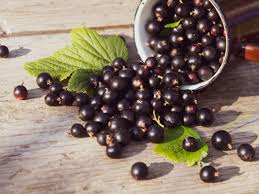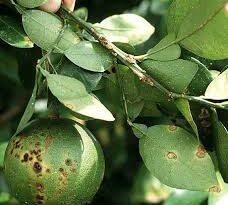How and When to Fertilize a Pineapple Farm
Pineapple farm plants has a very high demand for nutrients such as Nitrogen, Potassium and Iron but low requirements for nutrients such as Phosphorus and Calcium.
Pineapples (Ananas comosus) are hardy members of the bromeliad family. They are usually cultivated in tropical regions. Pineapple growing does not require too much expertise.
A member of the Bromeliaceae family, pineapple (Ananas comosus) is a tropical plant native to the tropical Americas and the Caribbean. It is characterized by a robust, shrublike growth habit and acidic, sweet fruits.
Pineapple plants tolerate a range of conditions as long as they receive bright, all-day sunlight and have well-draining soil. A harvest of high-quality, sweet fruits, however, requires paying extra attention to soil nutrients. Regular fertilization and proper planting preparation can do wonders for a pineapple plant.
The pineapple plant does not require excessive watering and fertilizers to grow well. This makes the pineapple one of the easiest fruit plants to grow.
Due to these demands, it is advisable to apply manure or NPK (20:10:10) at two months after planting if the land has a low level of these nutrients but it can be applied at four months if the farmland is rich in these nutrients at the time of planting.
Thereafter, apply Urea or manure again at six months to help shift leaf color towards a darker yellow-green. After eight months, repeat Urea or NPK (20:10:10) fertilizer to produce dark green plants. If the plants does not look yellowish in color during the first eight months, then application of fertilizer is done only twice.
Organic Nitrogen fertilizer are good and can be applied as foliar sprays at eight months after planting.
Pineapple plants do not require too much care. A widely followed principle among growers is to water the plants at least once a week. The water can be poured in such a way that it passes through the center of the plant; this not only helps clean out the dirt hidden there, but also supplies moisture to the newly developing roots at the base of the leaves.
Read Also: Amazing Health Benefits of Pineapple Peels
Dry Fertilizer Requirements

Pineapple plants should receive balanced fertilizer applications every two months for the first year, for a total of six fertilizer applications. A mixture of dry or foliar 6 to 10 percent nitrogen (N), 6 to 10 percent available phosphoric acid (P), 6 to 10 percent potash (K) and 4 to 6 percent magnesium (Mg) will provide basic fertilizer for the pineapple.
For fertilizer application amounts, use 1 to 2 ounces the first two feedings (four months), 1 to 3 ounces at the third and fourth feeds, and 2 to 6 ounces for the fifth and six feeds during the first year.
If you are using a higher 10-10-10 ratio, go with the lower end amount (use 1 ounce, not 2). If you are going with a 6-6-6 combination, apply the higher amount.
Needed Micronutrients Fertilizers
Micronutrient fertilizers are needed three times a year — May, July and September. Zinc and manganese are usually in these foliar sprays. Iron is also sometimes present. Follow label directions for proper mixing and application.
The goal is to get the micronutrients to the pineapple and not burn the leaves. When spraying, spray away from yourself, and try to spray on the plant and not the surrounding deck or furniture.
Pineapple Iron Requirements
Pineapples in high pH (more than 7.5) soils will need six applications of iron each year. Pineapples like slightly acidic soil, so adding iron is very important if the growing medium is slightly alkaline.
This can be applied at the same time as the NPK fertilizer is added. For a soil drench, use chelated iron. For a foliar spray, iron (ferrous) sulfate is recommended.
Read Also: Methods of Weed Control on a Pineapple Farm
Future Fertilizer Needs
Pineapple fertilizer applications for the second year of plant growth follow the six-times-a-year schedule of the first year. If needed, iron drenching also follows the six applications every other month.
In the second year, fertilizer amounts increase to 3 to 6 ounces of NPK for months 12 to 16, then 5 to 8 ounces with months 17 to 24.
The micronutrient spray regimen should also continue in the second year, with three applications during the warm season, usually May, July and September.
Read Also: Onions Farming Complete Business Guide









